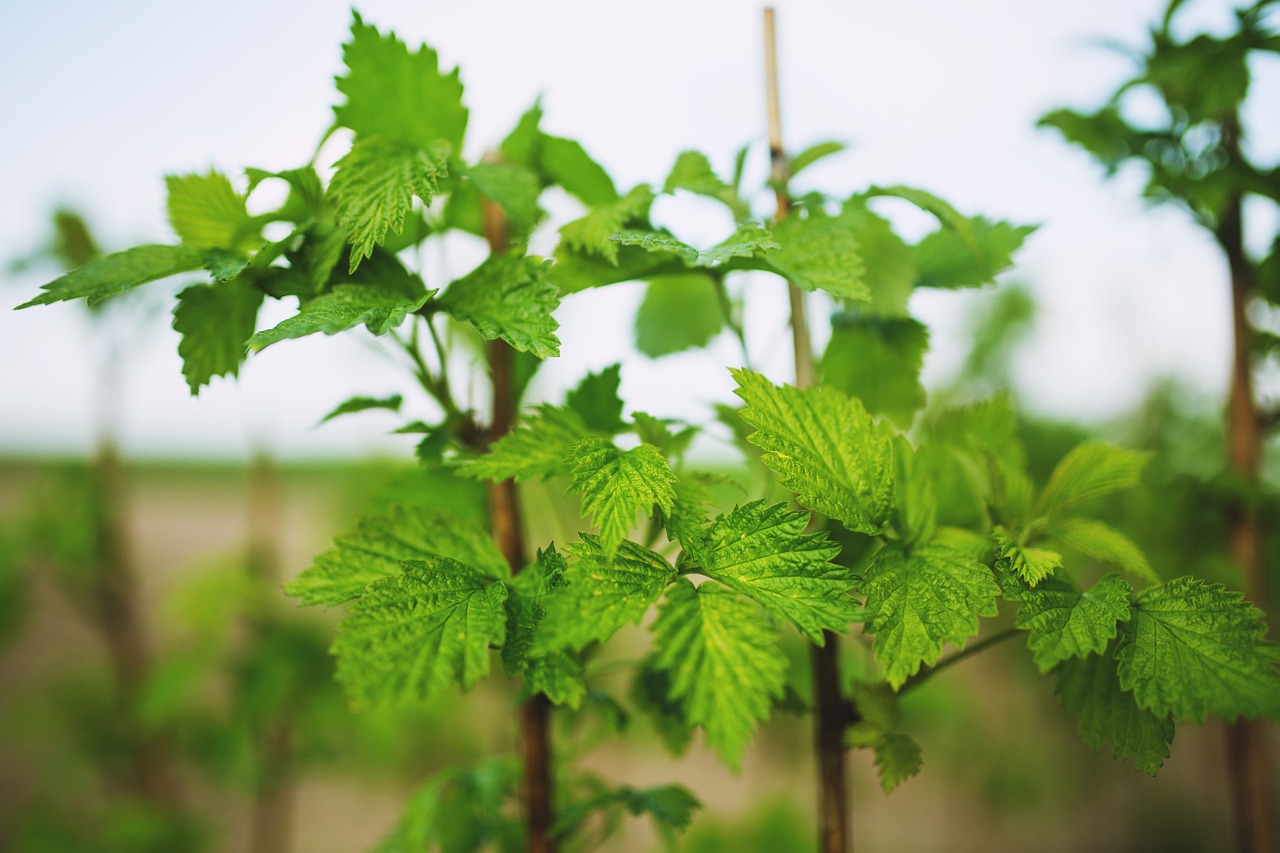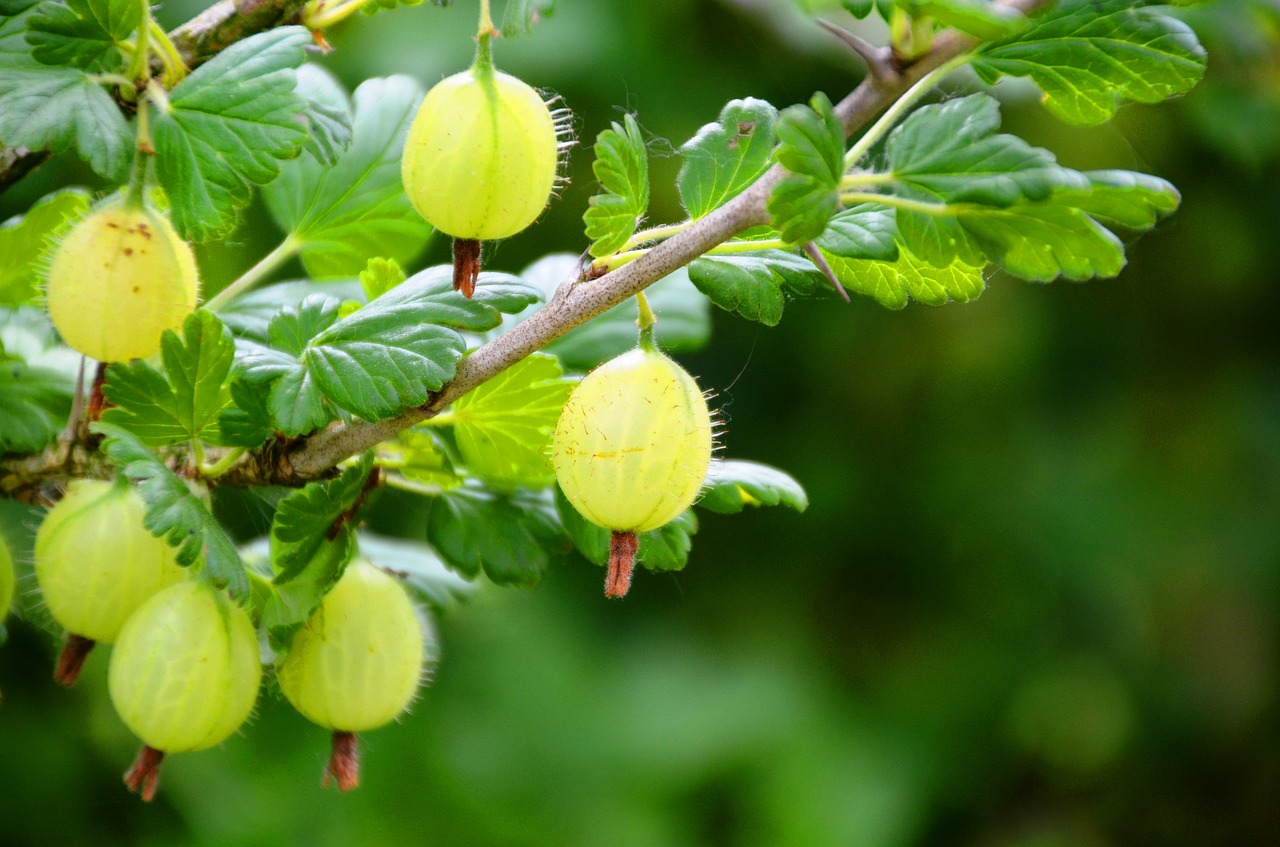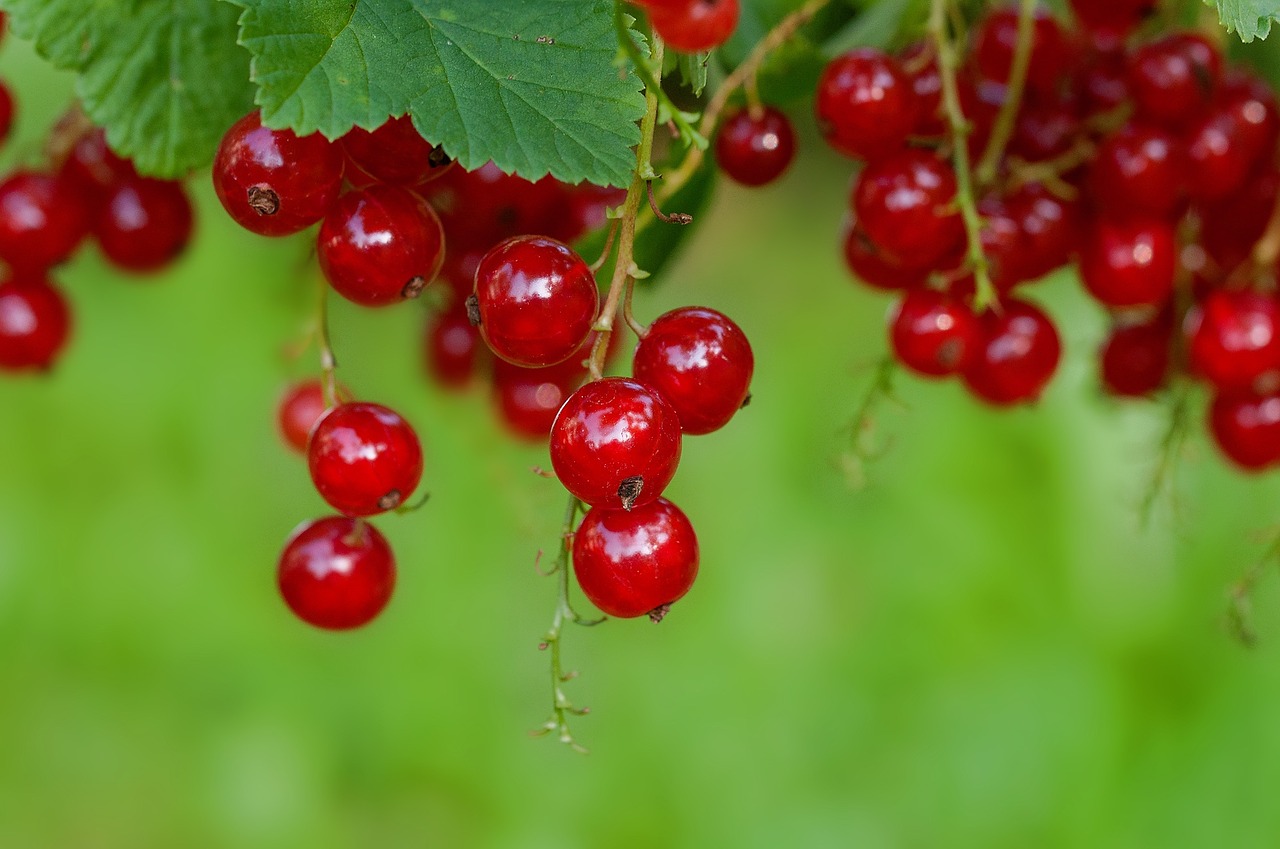Than to fertilize raspberries in the spring
Before fertilizing raspberries, remove frozen branches from the bushes, collect dry leaves and grass get rid of weeds. The weeds around the raspberries clean hands (do not use a shovel), as otherwise you may damage the roots that are close to the surface.
After the work done in 10 liters of water dissolve a couple tablespoons of ecophoska or azophoska and pour the resulting solution raspberries in the calculation of a liter and a half on the Bush. If there is organic matter, prepare the following solution and use it for watering shrubs: spread the manure in water (1:10) or chicken manure (1:20).
Excellent nitrogen fertilizer for raspberries is the infusion of the weed (the weed bucket filled with water, insist 5-7 days in a warm place, filtered). Before watering the bushes the infusion is recommended under every Bush to make a glass of wood ash.
Immediately after feeding, it is desirable to carry out mulching with compost, peat or decayed manure (five-centimeter layer will be enough). This procedure will help to retain moisture in the soil and attract earthworms, which, in turn, care about the loosening of the soil.

Than to feed the gooseberry spring
Feeding gooseberries spend immediately after snowmelt, during this period the land is wet enough and the roots of the shrubs will be able to absorb all the nutrients. If the bushes are quite young, each of them pour a couple of tablespoons nitrophoska and a glass of wood ash under adults - twice.
In the presence of manure on the farm overlaid them with every Bush around the circle layer a few centimeters, it can be done without waiting for complete snow melting. Remember, gooseberry under three years of age does not need fertilizing, especially if his landing was made in the soil a sufficient amount of fertilizer).

What to feed black currants in the spring
The amount of harvest of berries depends on the variety and care of bushes. Especially important is feeding. Biennial bushes and under fertilizing is not needed, what is not true of three-year and older. With a shortage of nutrients currant leaves develop slowly, do not reach large sizes and have a weak coloring (light green).
If last year you noticed on the bushes these signs, be sure to feed them in the spring: Deposit either 10 grams of urea, or 15 grams of ammonium nitrate per square meter. Above fertilizing can be replaced with a solution of manure, mixed with water in a ratio of 1 to 8, mullein (1:5), bird droppings (1:10/12). It is very important after preparation of the solution to let it steep for a few days, and then pour the currants in the calculation of one bucket for 3-4 Bush.

